The Japanese wolf cut has taken the global hair scene by storm, becoming one of the most sought-after short hairstyles for people of all genders and ages. This edgy, layered haircut combines the rebellious spirit of a mullet with the textured charm of a shag, creating a versatile look that’s both low-maintenance and incredibly stylish.
What makes the Japanese wolf cut particularly appealing is its gender-neutral nature – it works beautifully on boys, girls, men, and women alike. Whether you’re looking for a soft feminine style, an androgynous cut, or a masculine edge, this trending haircut can be adapted to suit your personality and lifestyle.
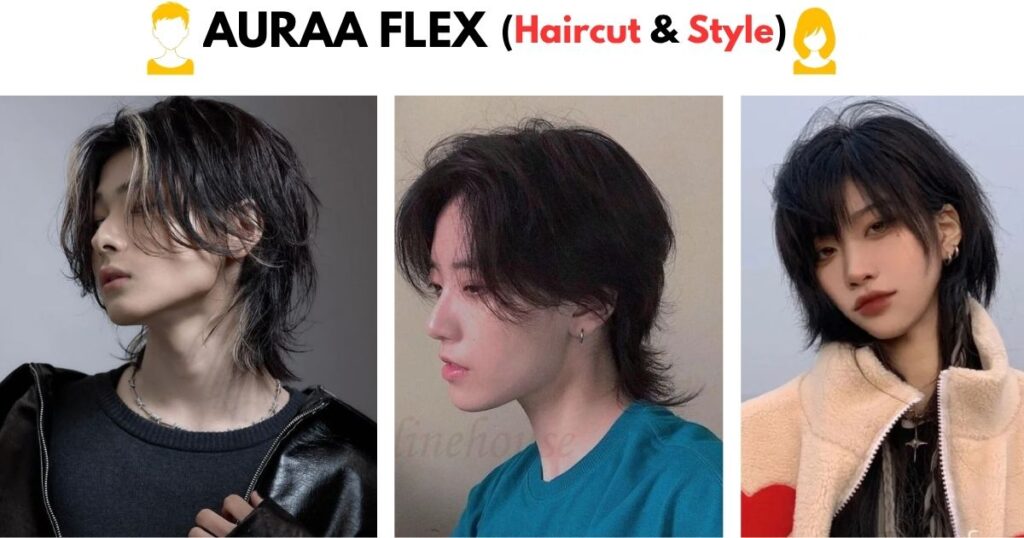
In this comprehensive guide, we’ll explore everything you need to know about the Japanese wolf cut for short hair, including styling techniques, maintenance tips, and how this cut works across different genders and age groups. From straight hair adaptations to textured variations, you’ll discover why this J-Pop inspired hairstyle has become a global phenomenon.
What Is the Japanese Wolf Cut?
Origin and History
The Japanese wolf cut emerged from Japan’s vibrant pop culture scene, heavily influenced by J-Pop artists, anime characters, and Japanese street fashion. While it evolved from the popular Korean wolf cut, the Japanese variation has its own distinct characteristics that set it apart.
This trendy hairstyle gained momentum through Japanese influencers and visual kei bands, who embraced its rebellious yet polished aesthetic. The cut’s popularity exploded on social media platforms, where hair transformation videos showcasing the dramatic before-and-after effects went viral.
The Japanese wolf cut represents a fusion of traditional Japanese hair cutting techniques with modern layering methods, creating a style that’s both rooted in cultural heritage and perfectly suited for contemporary fashion.
Key Features of the Japanese Wolf Cut
The Japanese wolf cut is characterized by several distinctive elements that make it instantly recognizable:
- Mullet-shag hybrid structure with shorter layers in front and longer sections at the back
- Heavy texturizing that creates natural movement and volume
- Face-framing layers that enhance facial features
- Choppy, uneven lengths that give an effortlessly tousled appearance
- Short to medium length that’s perfect for straight hair textures
- Low-maintenance styling that looks great air-dried or with minimal heat styling
The cut works particularly well with straight hair because the clean lines and sharp layers are more defined, creating that signature wolf-like silhouette that gives the style its name.
Why the Japanese Wolf Cut Is Perfect for Short Hair
Benefits of Choosing Short Hair for a Wolf Cut

Short hair wolf cuts offer numerous advantages that make them ideal for busy lifestyles and fashion-forward individuals:
The shorter length makes daily styling incredibly manageable, requiring minimal time and products to achieve a polished look. The layered structure naturally creates volume and movement, eliminating the need for extensive teasing or volumizing techniques.
Face-framing benefits are particularly pronounced with shorter versions, as the layers draw attention to your best features while softening harsh angles. The versatile styling options range from sleek and professional to tousled and casual, making it suitable for various occasions.
Straight Hair and the Japanese Wolf Cut: A Perfect Match
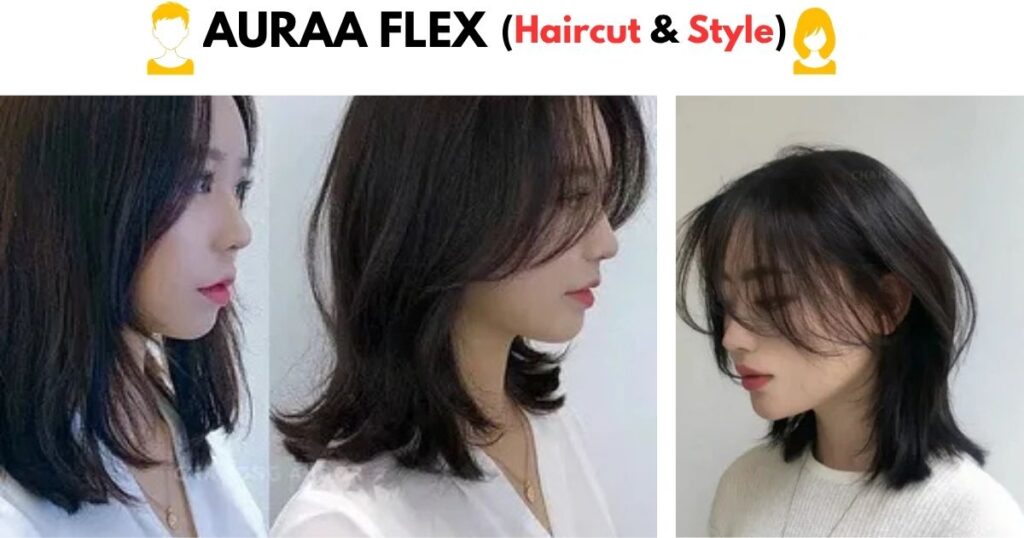
Straight hair provides the ideal canvas for a Japanese wolf cut because it showcases the precision of the layering technique. The clean lines and sharp angles are more visible on straight textures, creating that coveted structured yet messy aesthetic.
For those with naturally straight hair, the cut enhances your hair’s natural fall while adding textural interest through strategic layering. If you need additional volume, light texturizing sprays or sea salt sprays can add the perfect amount of grip and movement without weighing down your hair.
Heat styling tools like flat irons or texturizing irons can be used sparingly to enhance the cut’s natural shape, but the beauty of this style lies in its ability to look great with minimal intervention.
Japanese Wolf Cut for Different Genders and Age Groups
Japanese Wolf Cut Short Hair for Females
Ideal Face Shapes and Hair Types
The Japanese wolf cut for women works exceptionally well on various face shapes, with particular success on oval, heart-shaped, and square faces. The layered framing softens angular features while adding width to narrower face shapes.
Fine to medium hair thickness responds beautifully to this cut, as the layers create the illusion of fuller, more voluminous hair. Straight to slightly wavy textures are ideal, though the cut can be adapted for other hair types with proper styling techniques.
Styling Tips for Women
Female styling of the Japanese wolf cut focuses on enhancing the cut’s natural texture while maintaining a polished appearance. Use a volumizing mousse at the roots before blow-drying to create lift and body.
For a soft, feminine look, use a round brush while blow-drying to create gentle curves in the layers. For a more edgy appearance, scrunch hair with a texturizing cream and allow it to air dry for natural, tousled texture.
Celebrities and Influencers Rocking It
Many Japanese celebrities and international influencers have embraced this cut, including popular J-Pop idols and fashion bloggers who showcase various styling techniques on social media platforms.
Japanese Wolf Cut Short Hair for Girls (Teens)
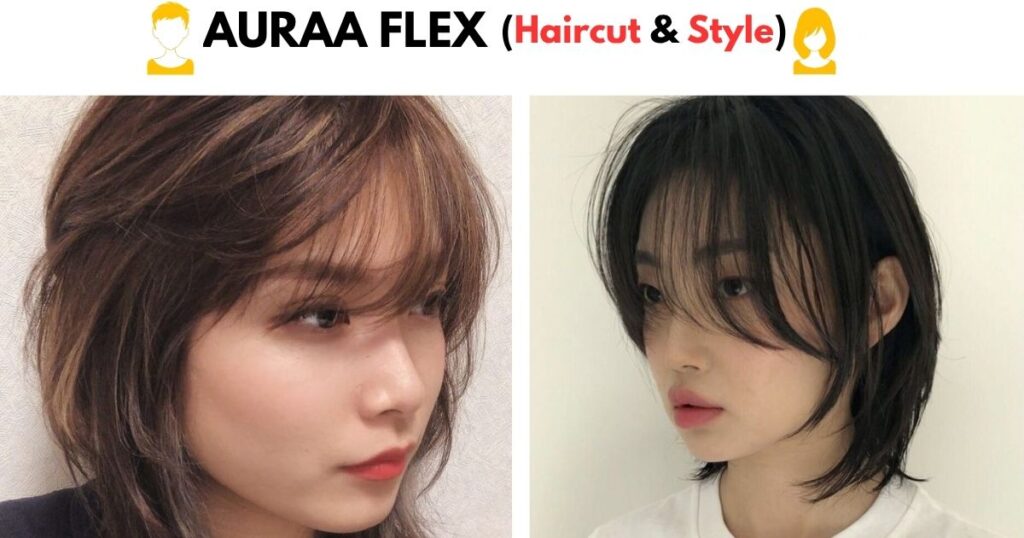
School-friendly Styling
The Japanese wolf cut for teenage girls offers a trendy yet appropriate option for school settings. The cut’s versatility allows for both conservative styling for formal occasions and expressive looks for social events.
Quick styling techniques include using dry shampoo for texture, hair clips for decorative elements, and lightweight styling creams that won’t weigh down young hair.
Maintenance Tips for Busy Teens
Teen-friendly maintenance focuses on simplicity and efficiency. Regular trims every 6-8 weeks maintain the cut’s shape, while sulfate-free shampoos preserve hair health without stripping natural oils.
Japanese Wolf Cut Short Hair for Males
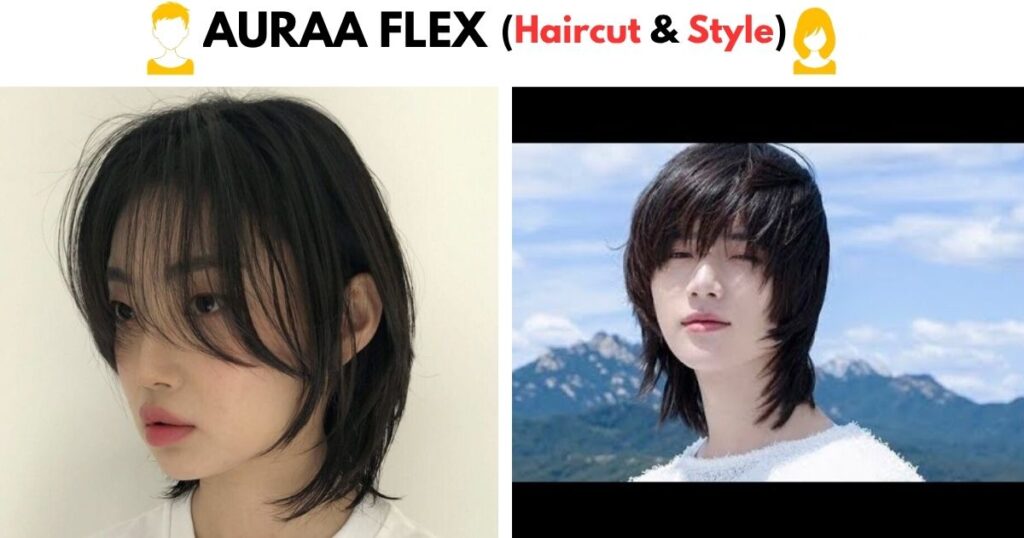
Masculine Adaptations of the Style
The Japanese wolf cut for men emphasizes angular layers and textured edges that create a more masculine aesthetic. The cut often incorporates undercut elements or faded sides to enhance the overall edginess.
Male styling typically involves using matte styling products like clay or paste to create separation and definition in the layers while maintaining a natural, non-greasy finish.
Texturizing and Fading for a Modern Look
Modern male adaptations often include subtle fading on the sides and back, creating a contemporary twist on the traditional wolf cut. Texturizing scissors and razor cutting techniques add extra movement and reduce bulk for a more refined appearance.
Japanese Wolf Cut Short Hair for Boys
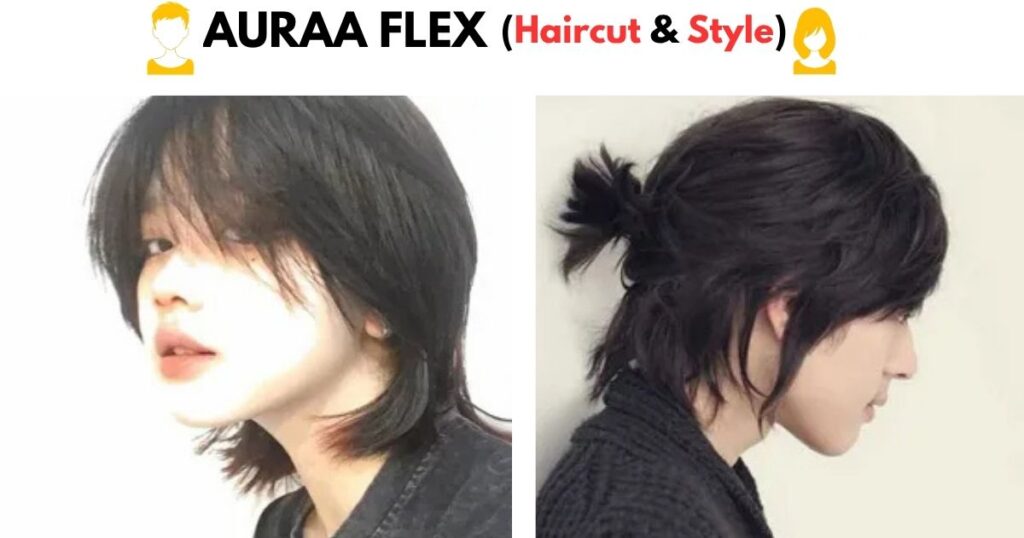
Kid-Friendly Versions
The Japanese wolf cut for young boys focuses on easy maintenance and age-appropriate styling. The cut is typically shorter overall while maintaining the characteristic layered structure.
Parent-friendly aspects include minimal styling requirements and the ability to air-dry into an acceptable shape for school and activities.
Easy Styling for Parents
Simple styling routines for boys involve basic leave-in conditioners and occasional use of light styling creams to enhance texture without creating stiffness or heaviness.
Gender-Neutral and Androgynous Styling Ideas
The Japanese wolf cut excels as a gender-neutral hairstyle, offering individuals the freedom to express their personal style without conforming to traditional gender norms. Androgynous styling techniques focus on balance, using the cut’s natural versatility to create looks that transcend typical masculine or feminine categorizations.
Non-binary individuals often appreciate how this cut can be styled differently depending on mood, occasion, or personal expression, making it an ideal choice for those who prefer fluid styling options.
How to Get a Japanese Wolf Cut: What to Tell Your Stylist
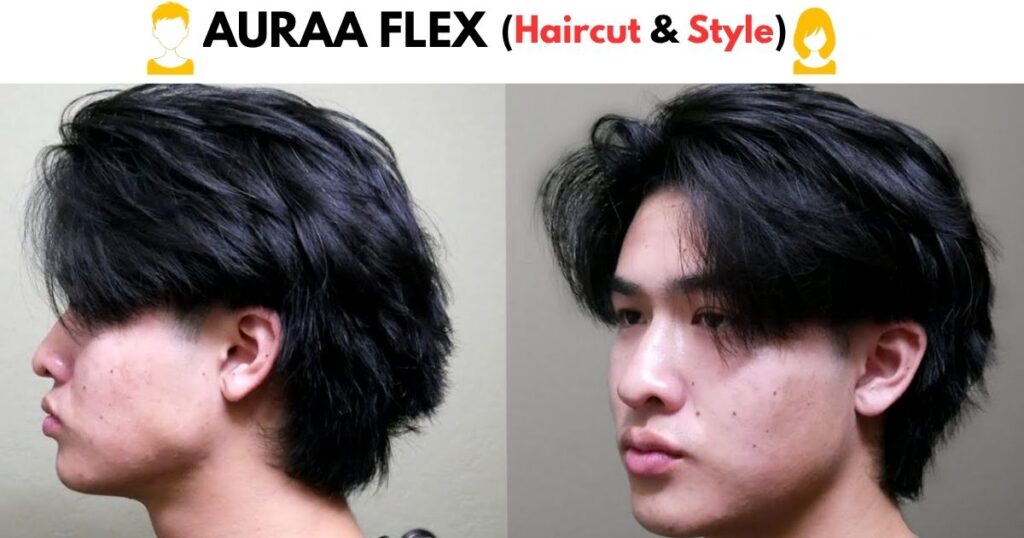
Key Terms to Use at the Salon
When requesting a Japanese wolf cut, use specific terminology to ensure clear communication with your stylist:
- “Heavily layered with choppy, uneven lengths”
- “Mullet-shag hybrid with face-framing layers”
- “Textured cut with shorter front layers and longer back sections”
- “Wolf cut with Japanese styling influences”
- “Razored layers for natural movement”
Reference Photos and Consultations
Bring multiple reference images showing different angles and styling options. Discuss your hair type, lifestyle, and styling commitment during the consultation to ensure the cut will work with your specific needs.
Your stylist should assess your face shape, hair texture, and growth patterns before beginning the cut to customize the technique for optimal results.
DIY vs. Professional Cuts
While DIY hair cutting has gained popularity, the Japanese wolf cut requires precise layering techniques and texturizing skills that are best executed by trained professionals. The complex layer structure and need for proper weight distribution make this a cut worth investing in professional services.
Japanese Wolf Cut Styling and Maintenance Guide
Daily Styling Routine
Tools and Products
Essential tools for styling your Japanese wolf cut include:
- Wide-tooth comb for detangling
- Texturizing spray for added grip
- Blow dryer with diffuser attachment
- Flat iron or texturizing iron for occasional touch-ups
- Sea salt spray for natural texture
Styling Time: 5-Minute vs. Full Glam
Quick daily styling (5 minutes):
- Apply texturizing spray to damp hair
- Scrunch and air dry or use a diffuser
- Finger-comb for final shaping
Full styling routine (15-20 minutes):
- Apply heat protectant and volumizing mousse
- Blow dry with a round brush for smooth layers
- Use flat iron to enhance specific sections
- Finish with lightweight hairspray
Best Hair Products for Japanese Wolf Cut
Product recommendations for maintaining and styling your wolf cut:
- Volumizing shampoo and conditioner (sulfate-free)
- Texturizing paste for piece-y definition
- Sea salt spray for natural, beachy texture
- Heat protectant spray for styling safety
- Dry shampoo for added volume and oil absorption
- Lightweight hairspray for hold without stiffness
How Often to Trim
Maintenance schedule is crucial for preserving the cut’s shape and preventing an unkempt appearance. Regular trims every 6-8 weeks maintain the layer structure and prevent the cut from growing out unevenly.
Touch-up appointments may be needed every 4-5 weeks for those with faster hair growth or those who prefer to maintain a precise shape.
Inspo Gallery: Japanese Wolf Cut for Short Hair (By Look)
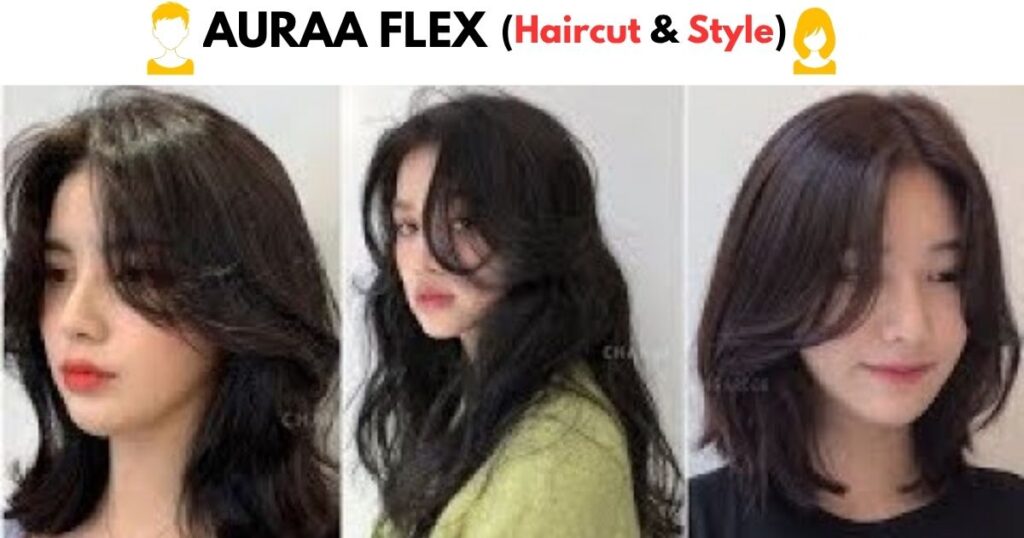
Soft & Feminine Looks
Soft feminine styling emphasizes gentle curves and smooth textures, using round brush blow-drying techniques and light-hold styling products to create romantic, flowing layers that frame the face beautifully.
Edgy and Punk-Inspired
Edgy variations incorporate choppy texturing, asymmetrical elements, and bold styling products that create separation and definition for a more rebellious, street-style aesthetic.
Minimalist and Clean-Cut Versions
Minimalist styling focuses on the cut’s natural shape, using minimal products and simple techniques to showcase the precision of the layering while maintaining a polished, professional appearance.
Anime-Inspired & J-Pop Looks
Anime-inspired styling draws from Japanese pop culture, incorporating vibrant colors, dramatic texturing, and bold accessories that reflect the cut’s cultural origins and artistic influences.
Japanese Wolf Cut vs Korean Wolf Cut: Key Differences
| Feature | Japanese Wolf Cut | Korean Wolf Cut |
| Overall Length | Shorter, more compact | Longer, more dramatic |
| Layer Structure | Heavily textured, choppy | Softer, more blended layers |
| Face Framing | Angular, sharp frames | Curved, gentle frames |
| Styling Approach | Minimal product, natural texture | More styled, polished finish |
| Cultural Influence | J-Pop, anime, visual kei | K-Pop, Korean beauty standards |
| Maintenance Level | Low to moderate | Moderate to high |
| Hair Texture Suitability | Best on straight hair | Works on various textures |
| Gender Expression | Strongly androgynous | More traditionally feminine |
Layering Techniques

Japanese layering emphasizes sharp, disconnected layers that create natural separation and movement, while Korean layering focuses on blended, seamless transitions between lengths for a more polished appearance.
Face Framing
Japanese face framing uses angular cuts and asymmetrical elements to create dramatic contrast, whereas Korean face framing employs curved lines and symmetrical balance for a softer, more harmonious effect.
Styling Culture and Personality Vibes
The Japanese wolf cut embodies rebellious creativity and artistic expression, reflecting Japan’s alternative fashion culture. The Korean wolf cut represents polished trendiness and refined beauty, aligning with Korean beauty standards and pop culture aesthetics.
FAQs About Japanese Wolf Cut
Can I get a Japanese Wolf Cut with curly hair?
While the Japanese wolf cut is designed primarily for straight hair, it can be adapted for curly textures with modifications. The key is working with a stylist experienced in curly hair cutting techniques who can adjust the layer placement and lengths to work with your natural curl pattern.
Curly-haired individuals should expect a different final result that emphasizes volume and natural texture rather than the sharp, defined layers typical of straight-hair versions.
Is this haircut good for thin or thick hair?
The Japanese wolf cut works exceptionally well on both thin and thick hair, though with different benefits:
Thin hair gains volume and body through the layered structure, creating the illusion of fuller, more substantial hair. Thick hair benefits from the texturizing and weight removal that prevents the style from appearing too heavy or overwhelming.
Will it suit my face shape?
The Japanese wolf cut is remarkably versatile across different face shapes:
- Oval faces: Works perfectly with standard layering
- Round faces: Benefits from longer front layers and side-swept styling
- Square faces: Softened by curved layers and textured edges
- Heart-shaped faces: Balanced by fuller bottom layers
- Long faces: Enhanced by wider, voluminous styling
How long does it take to grow out?
Growing out a Japanese wolf cut typically takes 4-6 months to reach a more uniform length, depending on your hair’s growth rate. The layered structure can be gradually evened out through strategic trims during the grow-out process.
Many people find the transitional stages still stylish with proper maintenance and styling adjustments.
Can I combine bangs with a wolf cut?
Bangs can absolutely be incorporated into a Japanese wolf cut, with several popular combinations:
- Straight-across bangs for a bold, dramatic look
- Side-swept bangs for softer, more feminine styling
- Curtain bangs that blend seamlessly with face-framing layers
- Choppy, textured bangs that match the cut’s overall aesthetic
Final Thoughts: Is the Japanese Wolf Cut Right for You?
The Japanese wolf cut represents more than just a trending hairstyle – it’s a versatile, gender-inclusive option that celebrates individual expression while remaining practical for everyday life. This low-maintenance cut works beautifully across age groups, from young boys and girls discovering their personal style to adults seeking a fresh, contemporary look.
Perfect candidates for this cut include those with straight to slightly wavy hair, people who prefer minimal daily styling, individuals seeking a gender-neutral aesthetic, and anyone drawn to Japanese pop culture and alternative fashion. The cut’s adaptability means it can be customized to suit conservative or bold preferences while maintaining its essential character.
The Japanese wolf cut’s combination of edgy structure and natural movement creates a look that’s both trendy and timeless. Whether you’re drawn to its cultural significance, practical benefits, or aesthetic appeal, this versatile cut offers a perfect balance of style and substance that continues to captivate people worldwide.
Consider consulting with a professional stylist experienced in Asian cutting techniques to ensure you achieve the authentic look and feel of this distinctive style. With proper cutting and maintenance, the Japanese wolf cut can provide months of effortless, stylish hair that reflects your personality and lifestyle perfectly.

Pingback: Chic Curly Hairstyles for Mature Women Over 50 -